10 July, Tuesday Painting Class Agenda
Analytic cubism
Cubism was a short but highly significant art movement between about 1907 and 1914 in France. The most notable of cubism's participants were Pablo Picasso and Georges Braque. In cubist artworks, objects are broken up, analyzed, and re-assembled in an abstracted form — instead of depicting objects from one viewpoint, the artist depicts the subject from a multitude of viewpoints to represent the subject in a greater context. The roots of cubism are to be found in the Paul Cezanne’s later works:
1. The idea to break the painted surface into small multifaceted areas of paint;
2. The simplification of natural forms into cylinders, spheres, pyramids and cubes.
2 Main Types of Cubism
There are two main types of cubism, analytical cubism and synthetic cubism. Analytic cubism was mainly practiced by Braque, and is very simple, with dark, almost monochromatic colours. Synthetic cubism was much more energetic, and often made use of collage including the use of several two-dimensional materials. This type of cubism was developed by Picasso.
Analytic cubism is the first form of cubism. The time period was from about 1907-1912. Color was almost a monochromatic scheme that often included grey, blue and ochre. Instead of an emphasis on colour, Analytic cubists had gotten the idea from Paul Cezanne and focused on forms like the cylinder, sphere and the cone to represent the natural world.
Illustrations
Analytic cubism
http://www.roberto-crosio.net/1_citta/BRAQUE_PICASSO.htm
1. The idea to break the painted surface into small multifaceted areas of paint;
2. The simplification of natural forms into cylinders, spheres, pyramids and cubes.
2 Main Types of Cubism
There are two main types of cubism, analytical cubism and synthetic cubism. Analytic cubism was mainly practiced by Braque, and is very simple, with dark, almost monochromatic colours. Synthetic cubism was much more energetic, and often made use of collage including the use of several two-dimensional materials. This type of cubism was developed by Picasso.
Analytic cubism is the first form of cubism. The time period was from about 1907-1912. Color was almost a monochromatic scheme that often included grey, blue and ochre. Instead of an emphasis on colour, Analytic cubists had gotten the idea from Paul Cezanne and focused on forms like the cylinder, sphere and the cone to represent the natural world.
Illustrations
Analytic cubism
http://www.roberto-crosio.net/1_citta/BRAQUE_PICASSO.htm
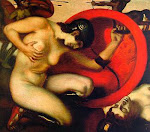

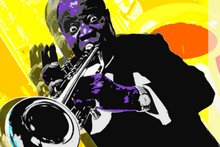
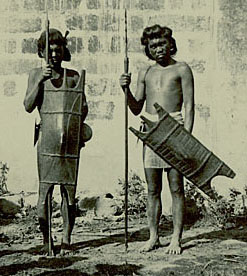
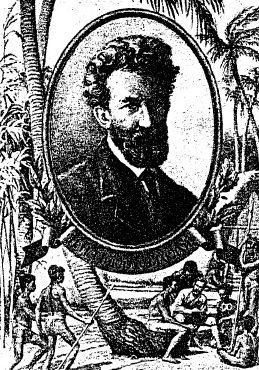
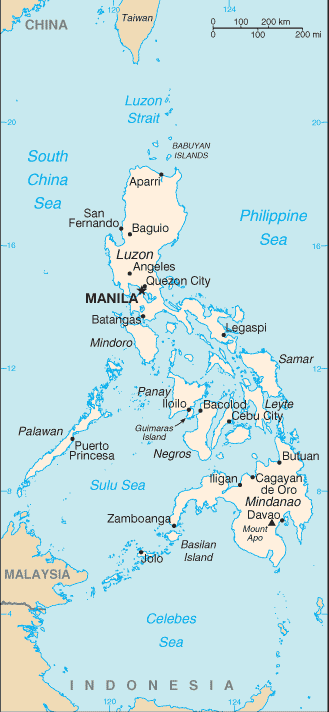


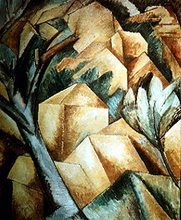
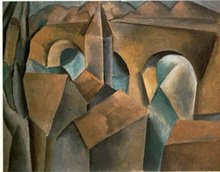
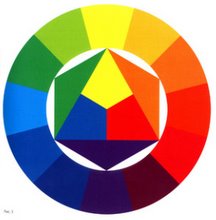
No comments:
Post a Comment